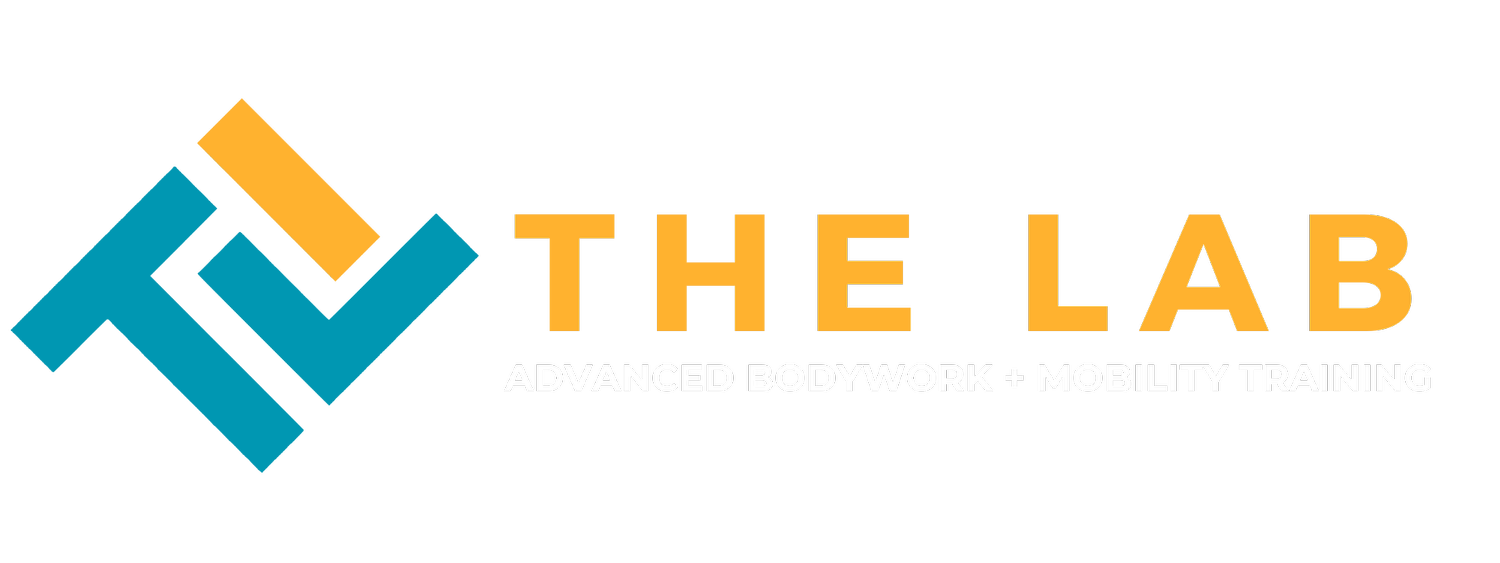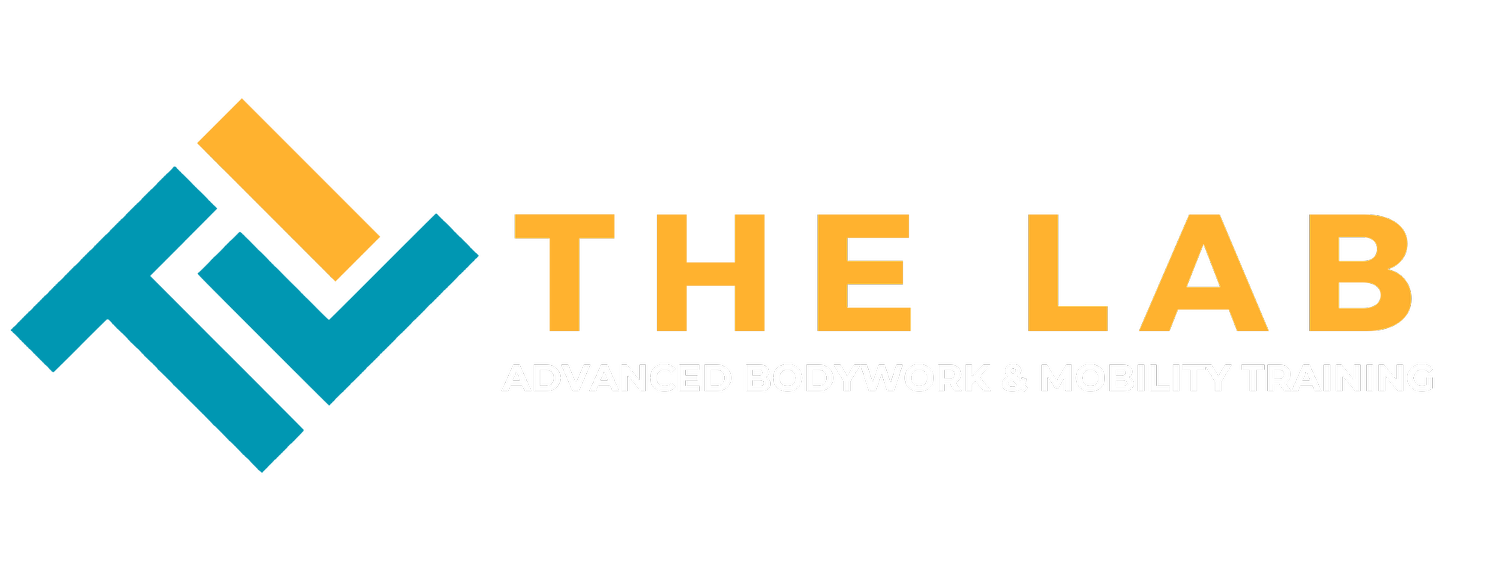The Gravity Games: Mastering Balance At Any Age
Alright, my fellow humans, let's have a frank chat about something that most of us take for granted until we don't have it anymore: balance. We often associate balance training with elite gymnasts or those super-focused yogis who can stand with one leg in the air while sipping a green juice. But as we gracefully (or sometimes awkwardly) waltz through life, balance becomes less about showing off and more about, you know, not falling over.
And let me tell you, falling over isn't just a minor inconvenience that leads to bruised egos and spilled coffee. It's a serious business, especially as the years stack up.
Stumble Stats That Will Make You Pay Attention
Falls among older adults are no joke. Unintentional falls are the leading cause of injury and “death related to injury” among adults aged 65+ years. We're talking about over 38,000 deaths in 2021!
More stats from the CDC:
One out of 10 falls results in an injury that causes the older adult to restrict their activities for a day or more or to seek attention from the healthcare system.
Each year, there are about 3 million emergency department visits due to older people falls.
Each year, there are about 1 million fall-related hospitalizations among older adults.
In 2019, 83% percent of hip fracture deaths and 88% of emergency department visits and hospitalizations for hip fractures were caused by falls.
Each year, nearly 319,000 older people are hospitalized for hip fractures.
Falls are the most common cause of traumatic brain injuries (TBI).
Many people who fall, even if they're not injured, become afraid of falling. This fear may cause a person to cut down on their everyday activities. When a person is less active, they become weaker and this increases their chances of falling. It’s a vicious cycle that can be avoided.
The surprising culprit behind many tumbles? Your toes! Research shows that lack of toe mobility and strength is a leading predictor of falls in older adults. Yes, those little digits at the end of your feet are your unsung heroes of stability. If they're not pulling their weight (literally), your whole body is on shakier ground.
The "Use It or Lose It" and S.A.I.D. Principles
Remember that classic adage, "Use it or Lose It"? When it comes to balance and pretty much everything else in your body, it's gospel truth. If you don't actively challenge your balance, your body gets lazy. It's like that rarely traveled hiking trail we talked about in a previous post – if you only ever walk the first mile, the rest of the path can become overgrown, blocked, and eventually disappear. Your balance pathways are the same; you need to explore the entire "terrain" of your movement potential to keep it open and navigable.
This ties directly into the S.A.I.D. Principle: Specific Adaptations to Imposed Demands. Simply put, your body gets better at whatever you specifically ask it to do. If you constantly ask it to sit on the couch, it'll get really good at that. If you ask it to stand on one leg, it'll get better at that. Want to improve your balance? You gotta train it! No shortcuts here.
Your Brain: The Ultimate Comeback Kid (Thanks, Neuroplasticity!)
Now, for some truly good news: your brain is an incredible, adaptable organ. This phenomenon is called neuroplasticity, and it means your brain can actually rewire itself and form new connections throughout your entire life, even as you age! So, if you're thinking, "Oh, I'm too old to get my balance back," that's officially an old-school thought. You can absolutely regain some of what you've lost – but it requires consistent, intentional training.
Here's another kicker: when injuries happen that require rehab, one of the very first things physical therapists start training is balance. Why? Because it's fundamental! Yet, it's rarely something we actively work on in our daily lives until a stumble scares us straight. We do bicep curls, we hit the treadmill, but balancing on one foot while brushing our teeth? Not so much.
Small Daily Steps for Big Balance Gains
The good news is you don't need a fancy gym to start improving your balance. You just need the ground and a wall for the “just in case I weeble and wobble” scenarios. A solid goal to aim for is holding a single-leg stance, knee at 90 degrees, for one minute on each side. Eventually reaching the elite eyes-closed status.




CLICK ON + FOR DESCRIPTIONS
-
Standing barefoot with feet hip-width apart, staring at a fixed point straight ahead for 1 minute.
Don’t move to next progression until you’ve mastered the first.
PROGRESSIONS:
Wall assisted
No wall assist
Head forward, move eyes to Left, Right, Up, Down
Move head to Left, Right, Up, Down
Eyes Closed
-
Standing barefoot with heels touching, staring at a fixed point straight ahead for 1 minute.
Don’t move to next progression until you’ve mastered the first.
PROGRESSIONS:
Wall assisted
No wall assist
Head forward, move eyes to Left, Right, Up, Down
Move head to Left, Right, Up, Down
Eyes Closed
-
Standing barefoot with one leg off the ground with slight knee bend, staring at a fixed point straight ahead for 1 minute. Switch legs.
Don’t move to next progression until you’ve mastered the first.
PROGRESSIONS:
Wall assisted
No wall assist
Head forward, move eyes to Left, Right, Up, Down
Move head to Left, Right, Up, Down
Eyes Closed
-
Standing barefoot with one knee bent at 90 degrees, staring at a fixed point straight ahead for 1 minute. Switch legs.
Don’t move to next progression until you’ve mastered the first.
PROGRESSIONS:
Wall assisted
No wall assist
Head forward, move eyes to Left, Right, Up, Down
Move head to Left, Right, Up, Down
Eyes Closed
The Ultimate Fall Prevention Strategy: Knowing How to Get Back Up
Finally, let's talk about the dreaded "F" word: falling. It happens. Even to the most balanced among us. But here's a crucial piece of the puzzle that often gets overlooked: learning how to get off the ground if you do fall. This isn't about accepting defeat; it's about empowerment and safety. Knowing how to safely maneuver yourself from the floor to a seated or standing position can prevent further injury and reduce panic. Consider practicing a few "get-up" strategies. It's like having an escape plan, just in case your gravity radar fails.
Picture this: you've taken an unexpected detour to the floor, and you're in the middle of nowhere (or at least, nowhere near a helping hand). In these moments, your own strength is your best friend. This video demonstrates a super practical way to go from the ground to standing using a deep squat. It's empowering stuff, trust me!
Because one way isn't always enough when gravity's involved, here's a bonus video from some awesome physical therapists with additional options for making your way from the floor to standing. https://www.youtube.com/watch?v=3H7eSIvife4
So, let's stop waiting for gravity to remind us about balance. Let's make it a proactive, playful part of our daily lives.
Stay tuned for next week's blog post as we dive into how to keep those crucial muscles strong, so they actually show up and do their job when life gets a little wobbly.

